Published: Friday, March 21, 2014 at 5:30 a.m.
Keeping families together is a worthy goal. Research argues, convincingly, that children in the child-welfare system who stay with their parents have more successful lives than children placed in foster care. And when Florida embarked on its most recent revamp of the state’s ever-troubled child-protection system, “permanency” — which embraced family preservation along with adoption — became a rallying cry.
But the state tried to do it on the cheap. In the budgetary crunch of the recession, the state Department of Children and Families was an easy target: Lawmakers slashed its funding by nearly $80 million from 2005 levels. Hundreds of children paid with their lives.
In a searing examination of DCF over the last six years, the Miami Herald documented 477 deaths — including 12 in Volusia County and one in Flagler County — where the agency had contact with parents before a death attributed to abuse or neglect, but did not put the child in foster care.
The state can’t save every child, but the Herald’s examination shows clear warning patterns that are frequently overlooked.
The short life of 4-year-old Ke’Andre Coleman sounded nearly all of those warning bells. Ke’Andre’s mother, 22-year-old Mikkia Shardae Lewis, had drug arrests on her record, as did Joe Genard McCaskell, the 32-year-old man who shared her South Daytona apartment. McCaskell also had a history of domestic-violence arrests. There were at least two calls to the state’s child abuse hotline before April 15, 2013.
That was when paramedics responded to the apartment after a frantic call from Lewis. By the time they arrived — probably hours before, police say — Ke’Andre was already dead. It would take a medical examiner a full day to catalog his injuries, which included extensive bruising, open sores, shoe impressions all over his body and what looked like fingernail marks around his armpits.
Deaths like Ke’Andre’s are shocking as singular events. As relentlessly compiled by the Herald, they sound a clarion call for change.
But Florida has been here before — so many times. And each time, the state followed its own destructive pattern: A flurry of investigation. Tense, reproachful hearings. And finally, a fervent promise that, finally, the state would find the right plan, the correct emphasis, to save the lives of innocent abuse victims.
The intentions are always good. The execution always falters.
The main culprit is, of course, money. Foster care is expensive. Keeping families together, or supporting children in adoptive placements, also carries a cost, including family therapy, substance-abuse counseling and close monitoring of families on the edge of economic and societal crisis. The Legislature should restore as much funding as possible for these vital services this year, and in the wake of the Herald’s series, lawmakers scrambled to promise they would.
House and Senate committees have also proposed changes, including a new assistant secretary’s position for child welfare, better training and standards for child protection investigators, closer review of child deaths and a legislative mandate to watch for patterns, such as histories of substance abuse and the presence of “paramours” with violent criminal backgrounds. The latter isn’t just dollars, but sense.
These are good and necessary changes. But they will accomplish little if Florida doesn’t break its own pattern of panicked reaction to child-abuse horror stories, followed by a slide back into bureaucratic inaction as soon as the faces and names of abused children fade from the spotlight.
See original article here.

